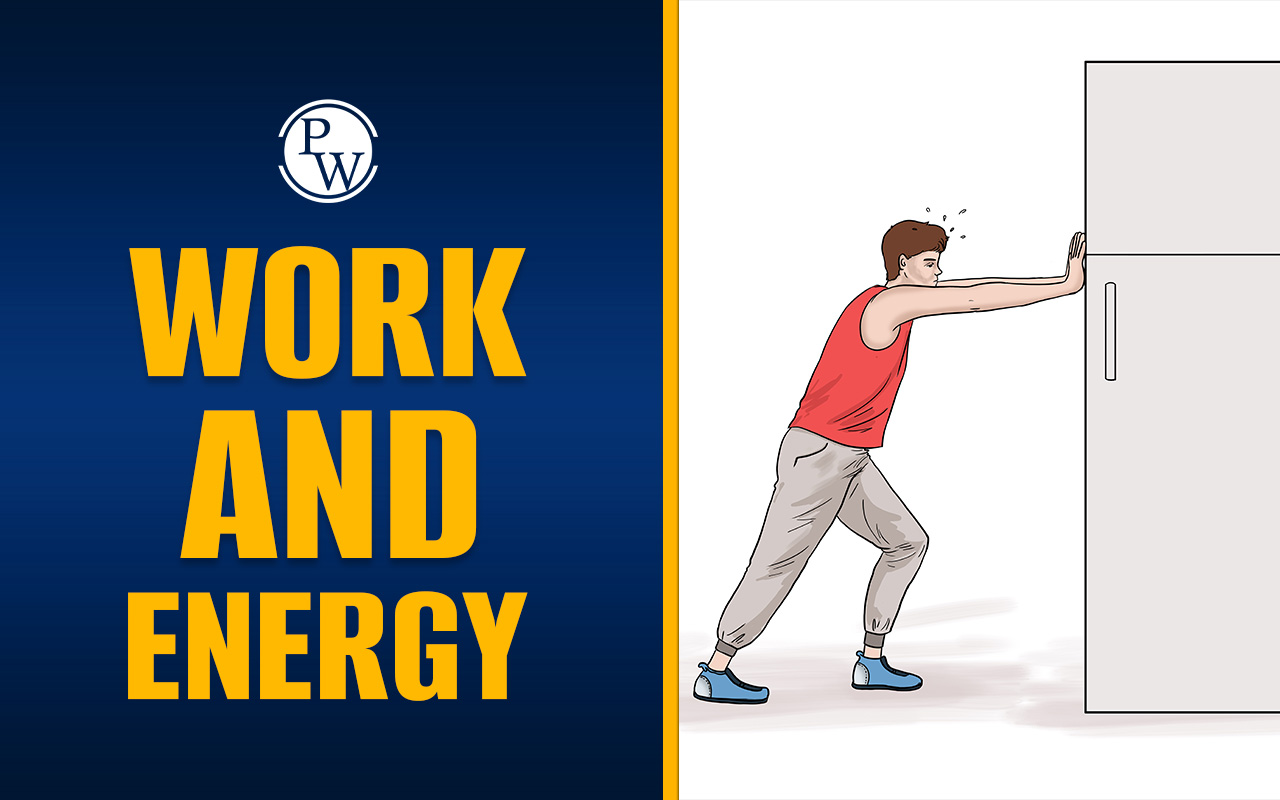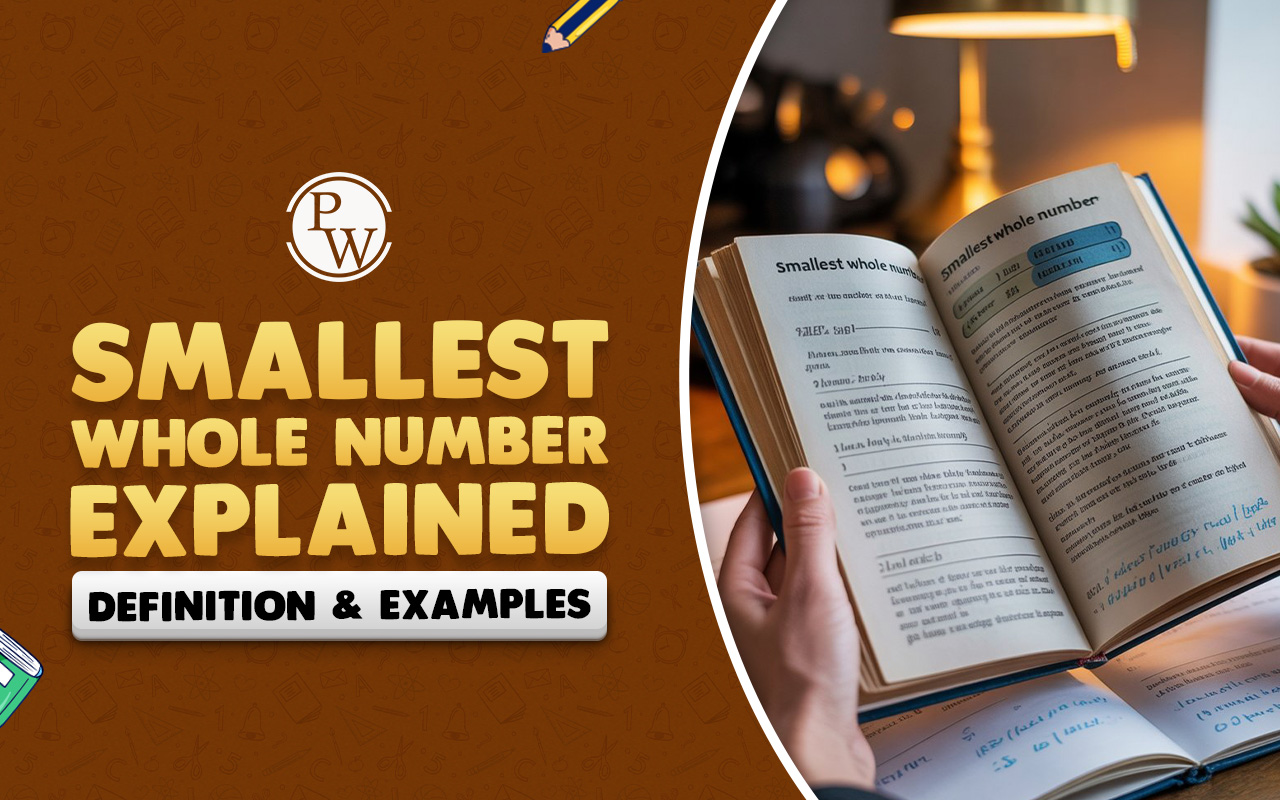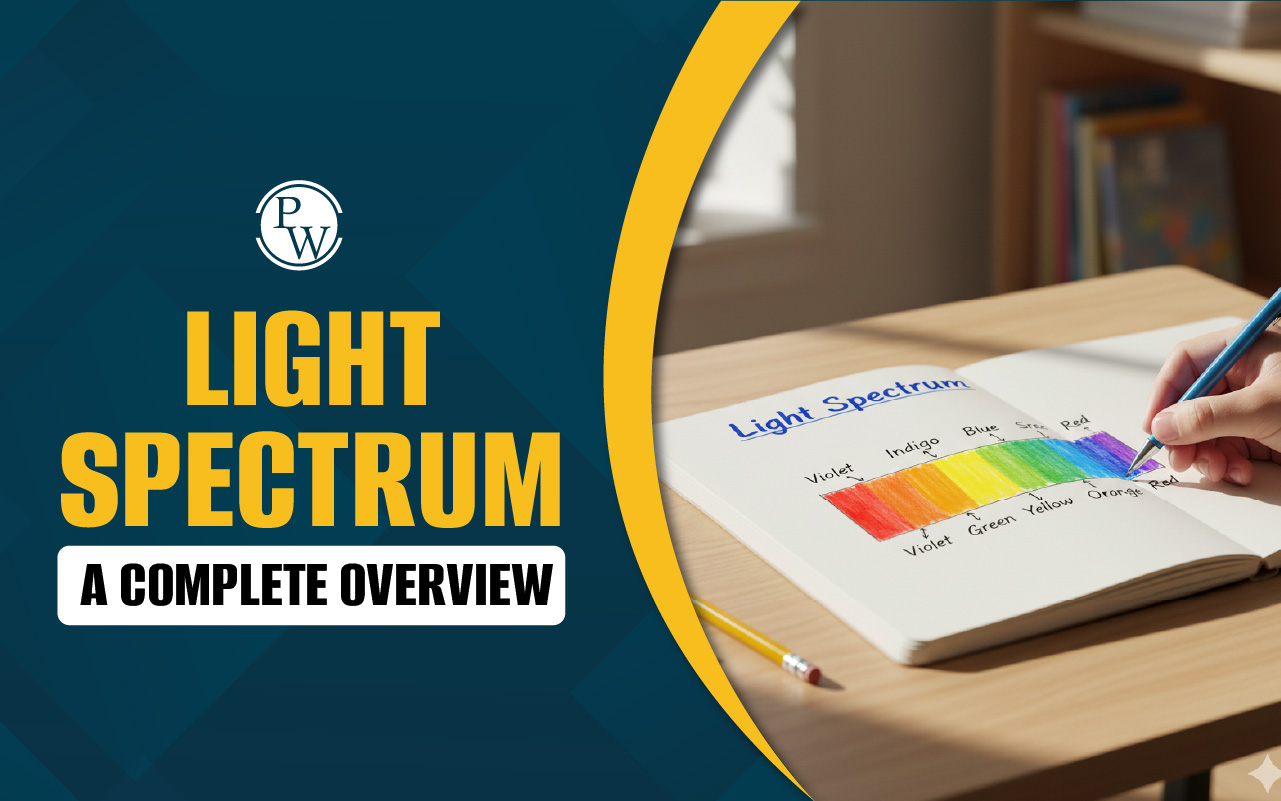
Difference between Metals and Nonmetals: Everything around us is made of matter like air, water, wood, and metal. Matter is anything that has weight and takes up space. It can be made of elements, which are the simplest and purest forms of matter and are divided into three groups: metals, non-metals, and metalloids. Among these, metals and non-metals are the most common. Most of the things we use daily are made from either metal or non-metal.
There are many more metals than non-metals found in nature. In the periodic table, there are about 91 metals and only 17 non-metals. But even though non-metals are fewer, important ones like hydrogen and helium make up most of the universe. Keep reading to learn more about the difference between metal and non metal.
Read More: Living Things & Non-Living Things
What is Metal?
Before learning about the difference between metals and nonmetals, it is important for students to understand what is Metal? So, Metal is a type of material that is usually hard, shiny, and strong. Metals can carry heat and electricity, which is why they are used to make wires, machines, and cooking tools. Most metals are solid and can be shaped into thin sheets or stretched into wires without breaking.
Some common examples of metals are iron, copper, gold, silver, aluminum, and zinc. We use metals every day in things like cars, airplanes, water pipes, farming tools, and kitchen utensils. Furthermore, Metals are also found deep inside the Earth. Because they are strong and last long, they are used to build big machines and buildings.
What is Non Metal?
Now that we have learned what a metal is, it's time to know the answer to the commonly asked question, "What is non metal?" Non-metals are elements that do not have the shiny or strong nature of metals. Most non-metals are found as gases or soft solids, and one of them—bromine—is even a liquid. Unlike metals, non-metals do not carry heat or electricity well.
Some examples of non-metals are oxygen, nitrogen, hydrogen, chlorine, and carbon. We use non-metals in many useful things like fertilizers, fuels, water purifiers, and fireworks. Additionally, non-metals are usually soft and dull, but they are very important for life and the environment. For example, oxygen helps us breathe, and carbon is used to make fuel for cooking.
Read More: What is Photosynthesis?
Difference Between Metals and Non-Metals
Now that we know what is metal and what is non metal, let’s understand how they are different from each other. Even though both metals and nonmetals are types of elements, they have opposite properties in many ways. Find out the comparison that explains the key difference between metals and nonmetals here:
-
Appearance and Physical Texture
-
Metals are usually shiny, hard, and solid. They are opaque, which means we cannot see through them.
-
On the other hand, non-metals are often dull, soft, and can even be transparent. Some non-metals can break easily if we hit them.
-
Physical State at Room Temperature
-
Most metals are found as solids at room temperature. But mercury and gallium are two exceptions because they are liquid metals.
-
Nonmetals can be found in solid, liquid, or gas form. For example, bromine is a liquid nonmetal, while oxygen and nitrogen are gases.
-
Strength and Hardness
-
Metals are mostly hard and strong. But some, like sodium, are soft enough to be cut with a knife.
-
Non-metals are usually soft and brittle, meaning they can break easily. However, diamond, which is made of carbon (a non-metal), is the hardest substance on Earth.
-
Lustre or Shine
-
Most metals are lustrous, which means they shine. This is why they are used to make jewellery and coins.
-
Non-metals are usually non-lustrous, or dull. But there are exceptions like iodine and graphite, which do shine a little.
-
Malleability and Ductility
-
Metals can be beaten into thin sheets (malleable) and pulled into wires (ductile).
-
Nonmetals cannot be shaped like this. If you try to hammer a non-metal, it will break instead of bending.
-
Sound Conductivity (Sonority)
-
When we hit metal, it makes a ringing sound. That’s why school bells and temple bells are made of metal.
-
However, non-metals do not make this sound. They are non-sonorous.
-
Thermal and Electrical Conductivity
-
Metals are good at conducting heat and electricity. That’s why wires and cooking pots are made from metals like copper and aluminum.
-
Non-metals do not carry heat or electricity well. But graphite, a nonmetal, is an exception—it can conduct electricity.
-
Melting and Boiling Points
-
Metals usually have very high melting and boiling points, which means they need a lot of heat to melt or boil.
-
Non-metals have lower melting and boiling points, except for diamond, which has a high melting point.
-
Valence Electrons and Reactivity
-
Metals have 1 to 3 electrons in their outer shell. They lose these electrons easily, which is why they are called electropositive.
-
Non-metals have 4 to 8 electrons in their outer shell and tend to gain electrons. So, they are electronegative.
-
Reaction with Oxygen
-
When metals react with oxygen, they form metal oxides, which are usually basic in nature.
-
Non-metals react with oxygen to form non-metal oxides, which are usually acidic.
-
Reaction with Acids
-
Metals react with acids and produce hydrogen gas.
-
On the other hand, non-metals usually do not react with acids.
Hence, the metal and non metal difference can be easily seen in how they look, behave, and react. Metals are shiny, strong, and good conductors, while nonmetals are often soft, dull, and poor conductors. Knowing the difference between metals and nonmetals helps us choose the right material for the right use.
Read More: Structure of Atom
Key Properties of Metal and Non-Metal
Everything around us is made of either metals or non-metals. These two types of elements have different properties that help us understand how they behave and where they can be used. Let’s learn about the main properties of metal and non metal:
-
Hardness: Metals are usually hard and strong. But some, like sodium, are soft. Most non-metals are soft, except diamond, which is the hardest substance found on Earth.
-
Malleability: Metals can be beaten into thin sheets without breaking. This is called malleability. Non-metals are brittle, which means they break easily when hit.
-
Ductility: Metals can be drawn into thin wires—this is called ductility. Non-metals do not have this property. You cannot make wires out of non-metals.
-
Shine: Most metals are shiny and reflect light well. Non-metals are mostly dull and do not shine much.
-
Sonority: When hit, metals make a ringing sound. This is called being sonorous. Non-metals are non-sonorous, so they don’t produce any sound when struck.
-
Structure: Metals have tightly packed crystals, while non-metals have loose and open structures.
-
Heat and Electricity: Metals are good conductors of heat and electricity. That’s why wires and cooking pots are made from metal. Non-metals are usually insulators—they do not carry heat or electricity well.
-
Melting and Boiling Points: Metals have high melting and boiling points, so they need more heat to melt or boil. Non-metals melt or boil at lower temperatures.
-
Corrosion: Some metals can rust or corrode when exposed to air and water. However, a few metals like gold and platinum are noble metals and do not rust easily. Non-metals usually do not corrode.
-
Electrons: Metals have 1 to 3 electrons in their outer shell. Non-metals have 4 to 8 electrons in their outer shell. This is why metals lose electrons easily, and nonmetals gain electrons.
-
Oxide Formation: When metals react with oxygen, they form metal oxides, which are usually basic in nature. When non-metals react with oxygen, they form non-metal oxides, which are acidic.
-
Reaction with Acids: Metals react with dilute acids to produce hydrogen gas and salt. Non-metals usually do not react with dilute acids.
-
Metalloids: Some elements like boron, silicon, and arsenic have both metal and non-metal properties. These are called metalloids.
These different properties help us understand why metal and non metal are used in different ways in daily life.
Also Read: Solar system
Similarities Between Metals and Non-Metals
When we learn about the metal and non metal difference, it is also important to know that they both share some common features too. Even though the difference between metals and non metals is seen in how they look, react, and behave, they also have some similarities in their structure and role in nature, as explained here:
-
Both metals and non-metals are made of atoms that have protons, neutrons, and electrons.
-
They both have valence electrons (electrons in the outer shell), which help them form chemical bonds.
-
Metals and nonmetals can combine with other elements to make compounds.
-
Both types of elements take part in chemical reactions, although in different ways.
-
Metals and non-metals are found in nature, and both are used in important industries like medicine, farming, building, and electricity.
-
They both appear in the periodic table, just on different sides: metals on the left, non-metals on the right.
Build Your Child’s Basics Strong in Science with CuriousJr
Many children find science difficult because their foundational knowledge is weak. Without a strong base, they often struggle to understand new topics, lose interest, and start feeling afraid of the subject.
CuriousJr’s Online Tuition Kids is designed to make science easy and fun for young learners. These science online classes use interactive visuals, easy examples, and engaging experiments to help students understand topics clearly.
Want to know what makes CuriousJr’s online Science tuition classes different?
-
Live sessions with a two-teacher model for better attention and support.
-
Concept-based teaching that builds strong understanding.
-
Homework help for extra support and regular improvement.
-
Performance tracking so parents stay updated.
-
Regular PTMs to discuss your child’s learning progress.
Book a demo class today and see how CuriousJr can help your child build a strong base in science and enjoy learning every day.
Metals and Non-Metals FAQs
What is the key metal and non metal difference?
What is the definition of metal?
What are nonmetals?
How are metal and non metal similar?









